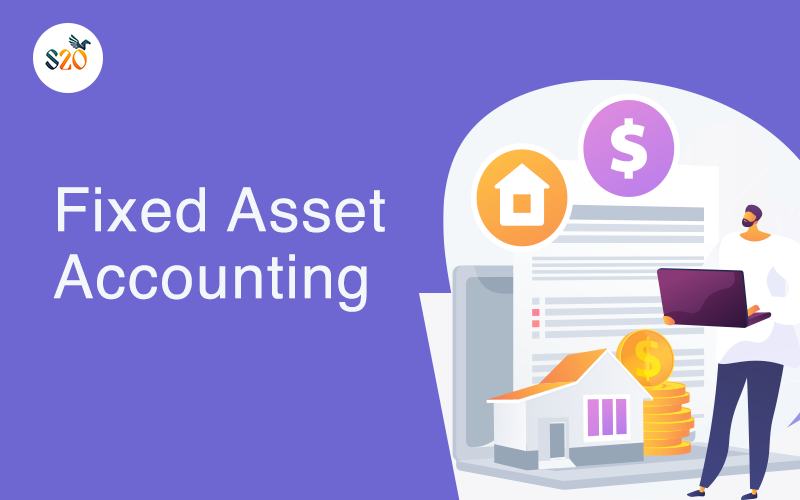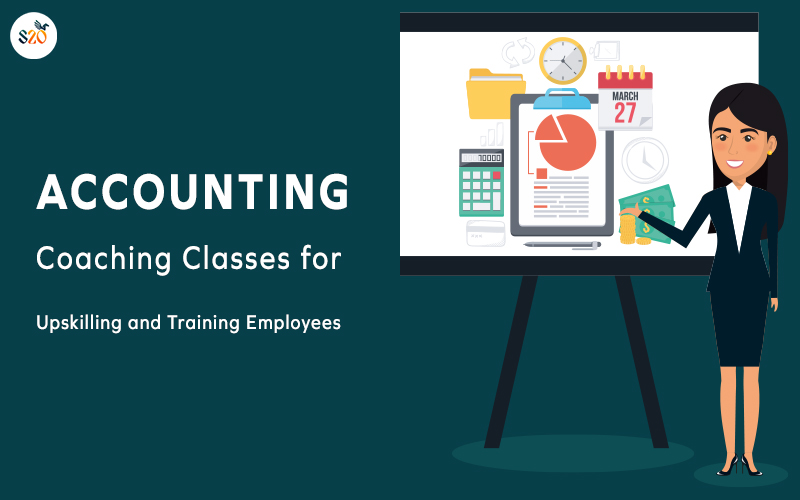Accounting involves keeping and maintaining the record of a corporation’s financial transactions in a given year. The annals are further used for analysis by the stakeholders, agencies, and tax collection bodies making accountants a crucial wedge in the company’s innards.
Of the concepts an accountant should be well-versed with, the ones of assets and liabilities are the most basal yet indispensable. Here we introduce you to the fundamentals of fixed assets and their accounting.
What Are Fixed Assets?
Fixed assets are the non-liquid physical possessions an organization holds to generate income over the long haul. They are also referred to as capital assets or property, plant, and equipment (PP&Es).
Fixed assets are not to be done away with in the same accounting year. The list comprehensively includes land, vehicles, office spaces, computers and software licensing, buildings, etc.
The principal criterion for anything to identify as a fixed asset is that it should be held by the company for more than one accounting year. Also, they are tangible and intangible. Long-term bonds and securities don’t make it to the list.
An esoteric aspect of fixed assets is that their book values usually exceed the capitalization limit as set by the organization. However, a company must be careful while setting a cap limit. A too higher or lower value can have far-reaching impacts on its balance sheet.
How? That requires us to delve deeper into the topic. Here is a verified Accounting Certificate Course in Ahmedabad you can take.
Initial Asset Inclusion
It is done at the time of purchase of an asset.
Now, before adding to its capital stock, a corporation makes the requisite assessments. It compares the total cost incurred on the asset with the gross amount of cash flow it leads to. If the deal seems profitable, it is sealed.
The initial recordation incorporates the cost of the assets, their transportation and installation amount, testing and preparation fees, taxes, and other such expenditures. Meanwhile, administrative charges, general overhead costs, and expenses not directly enhancing its utility are not recorded here.
When an asset is purchased at its market value, we note its fair value. On the other hand, the interest amount has to be mentioned while documenting for an asset bought on credit.
The case of an asset being exchanged for another one calls for recording the fair value of the new body. While if it is not possible to assess its cost, the price of the one given up is considered.
Depreciation of Assets
Assets start losing their productivity or we say, they get used up with time. We need to make allowances for this downturn. In accounting, depreciation is apportioning the cost of an asset over its useful life.
Of all the techniques to account for the depreciation of assets, the written down value method is extensively used. As it shows the fair value of the asset at every end of the year. In this method, depreciation is more in the initial year compares to subsequent years. Another method of depreciation is the straight-line method. Here, the accountants are required to subtract the salvage value of the asset from its cost. The resulting difference is then divided by the number of years the company intends to hold the asset for. The figure they arrive at is the yearly monthly depreciation of the asset. In this method, the Depreciation of asset is uniform during the life of the asset.
Companies can choose their modus operandi. However, as per the caveats of the IAS (International Accounting Standards), they are allowed to change it only once. To know more about the IAS and their impact in the field, you can go for this Accounting Course in Ahmedabad as recommended by our experts.
Disposal Of Assets
After a certain point, when assets cease to be profitable, they are to be exscinded. It is usually done when their useful lives come to an end. Sometimes, an unforeseen circumstance (for instance, unexpected obsolescence) forces the company to discard an asset.
It is however not necessary to throw a valuable possession away when it can be liquidated. The company can exchange the asset for newer ones. Also, they may sell it off. A price higher than the then book value of the asset marks a profit and a lower one points towards a loss.
Whatever the case may be, the loss of a company’s asset shows on its balance sheet. Fresh investments need to be undertaken.
Asset Impairment
Impairment of an asset is where its current carrying value exceeds the gross profits it is estimated to bring in. It is usually the result of unexpected predicaments.
In simpler words, asset impairment has to do with the chance that fixed capital may not be as economically viable as it is computed to be. Impairment leads to a radical slump in a business’ profits. Asset impairment on the balance sheet is associated with a corresponding loss in the income statement.
Intangible holdings such as copyrights and trademarks stand higher chances to get impaired. However, under circumstances like unexpected obsolescence, natural calamities, adverse market fluctuations, judgment failures or may be due to some unaccountable reason, fixed assets may undergo the same fate.
Accountants are supposed to be on the lookout for such incidents. They must warn the stakeholders and the decision-makers of the company’s state of affairs.
Disclosure Of Assets
A corporation does not want every confidential detail to be presented on its annual financial statements. However, certain norms formulated by the national and international bodies need to be followed. An organization has to make the following disclosures about its fixed assets.
- The carrying value of the assets at the beginning and the end of each accounting year
- The useful life of the assets
- Rate of depreciation and the method used to calculate it
- The effects of acquisitions, disposals, and net foreign exchange on the value of the assets
- Impacts of revaluation
To learn about other disclosures, go to the link for this certified Accounting Training in Ahmedabad and stake in your growing accounting expertise.
The Strict Don’ts
While accounting for fixed assets, you need to eliminate the three commonly made mistakes.
- Not considering expense costs transportation charges, taxes, and installation amount while recording the purchase of a new asset
- Disregarding the alteration in the assets’ use while maintaining them
- Ignoring record-keeping demands relating to insurance













